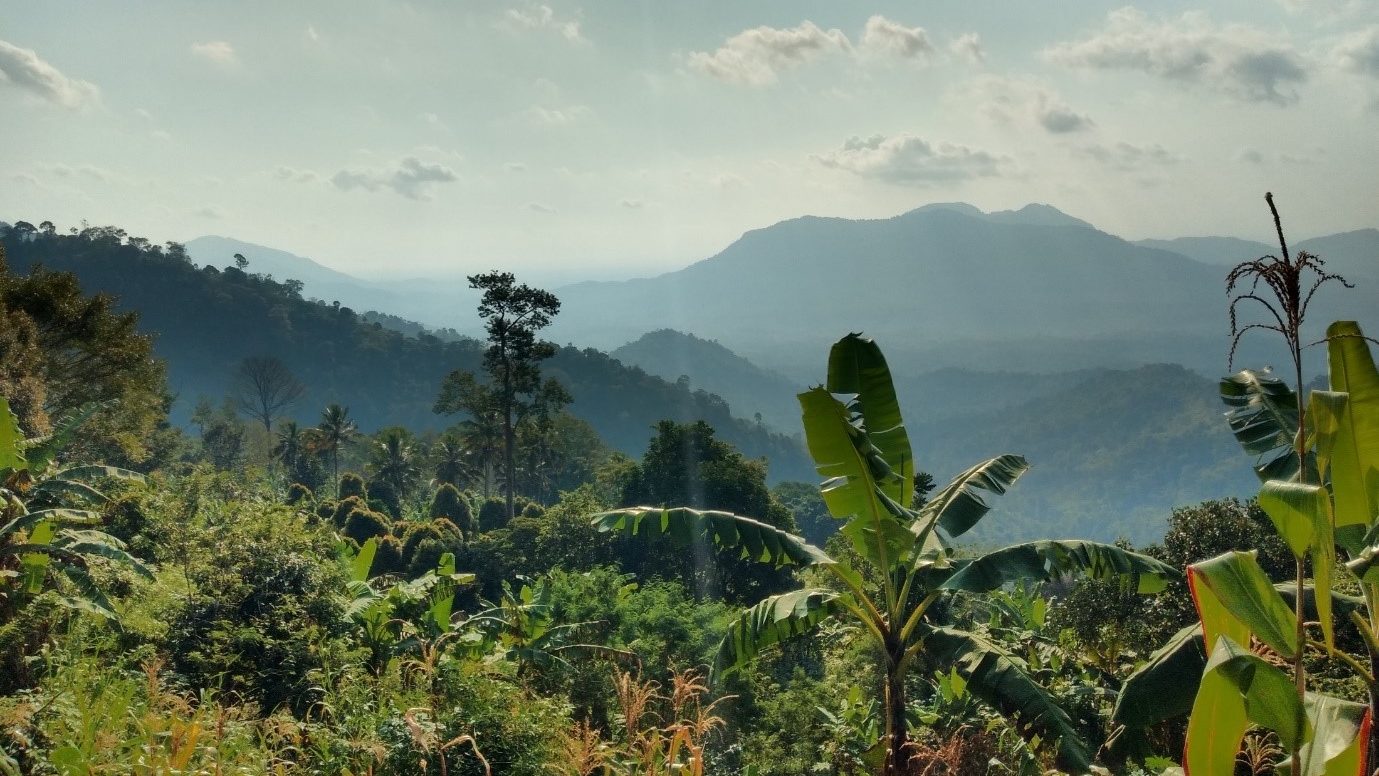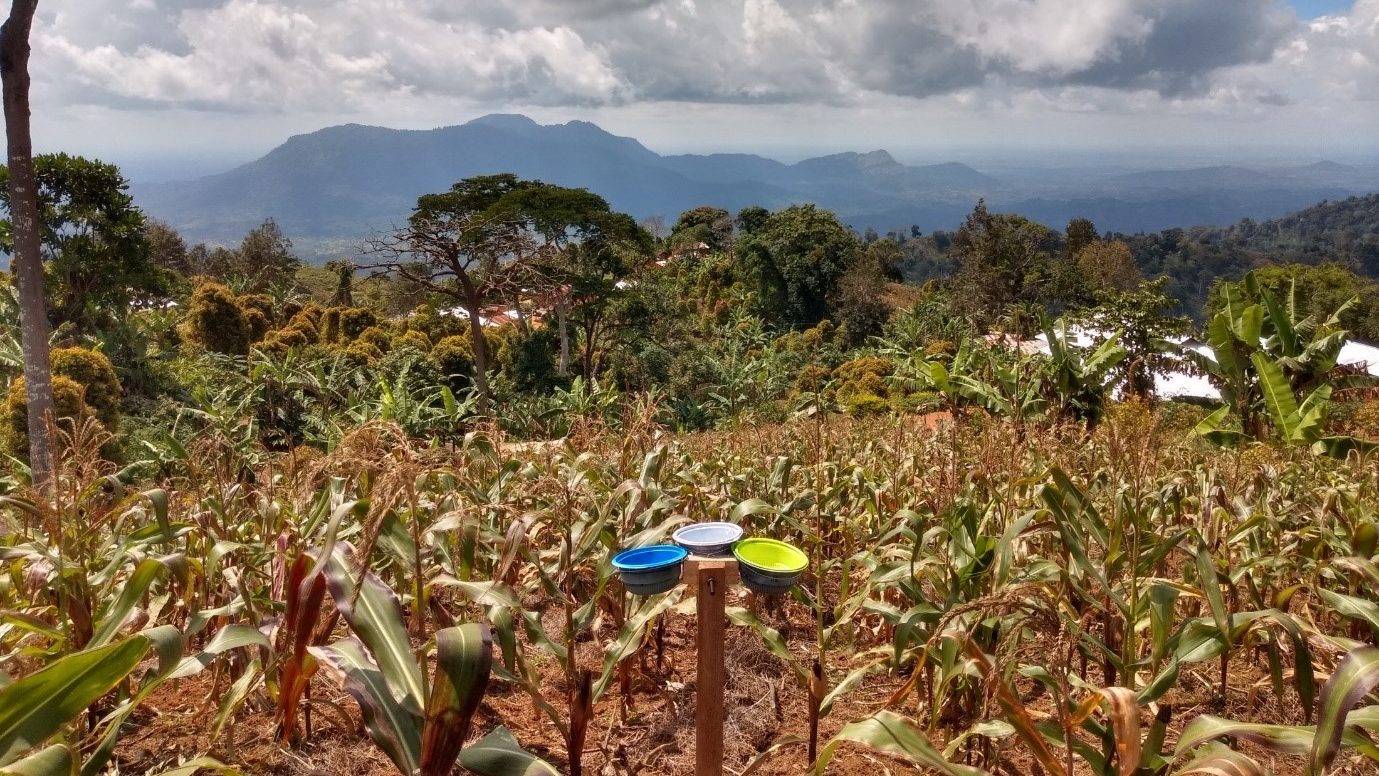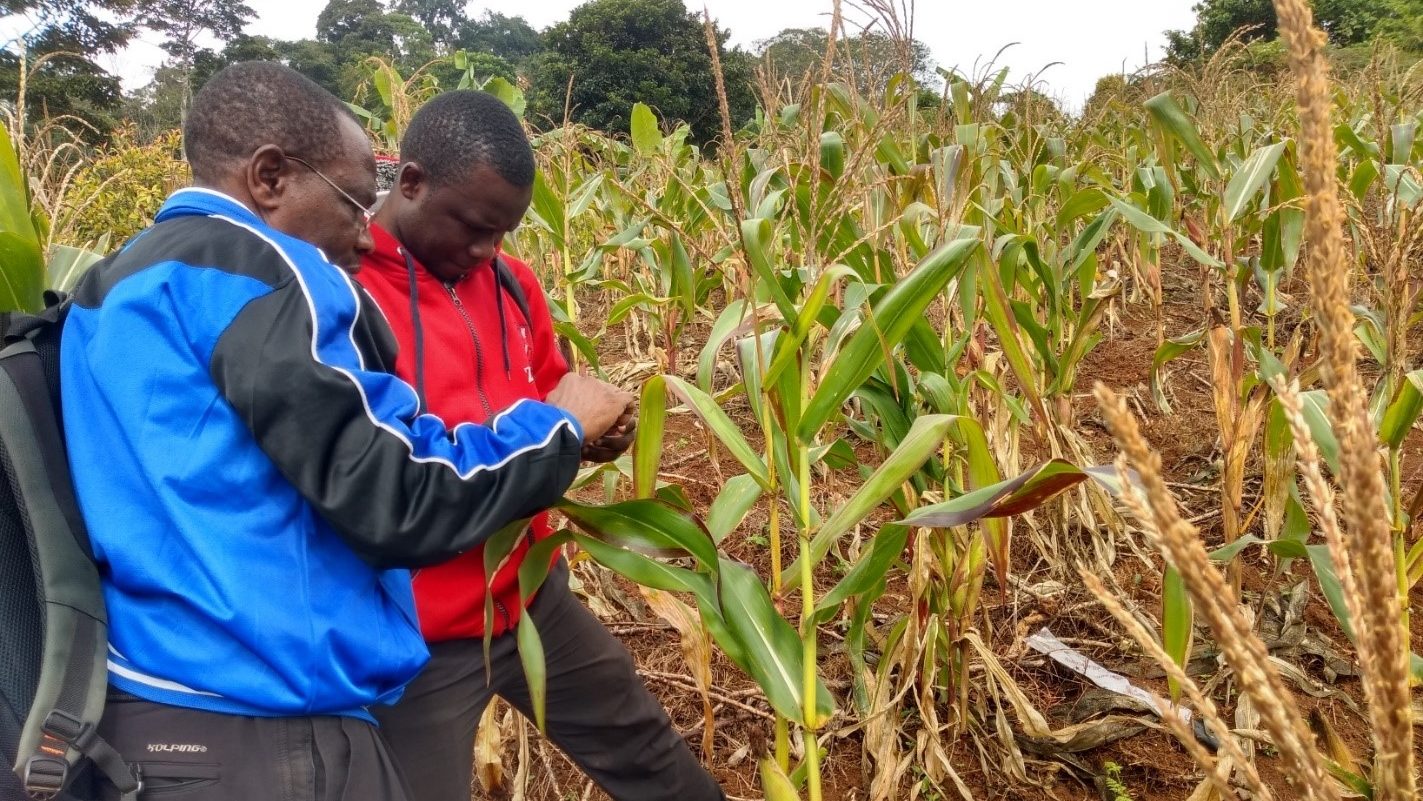By Dr Hemant Tripathi, Research Fellow, Agroecology of African Agricultural Systems, University of Leeds
Pests and crop diseases reduce 20-40% of annual crop yields and, sometimes, even destroy entire farms. Climate change could accelerate the impact of pest and diseases, posing considerable risks to smallholder farmers – especially in Africa, where they rely on natural resources and traditional practices for pest control. Identifying management practises that suppress pests and enhance natural biocontrol might be the key to outsmarting pests in a climate-smart world.
Biodiversity for pest regulation
Small-scale farming in field sizes of 1-10ha is the most common production model across Africa. Smallholding farmers mostly use traditional practices such as spraying wood-ash and burning the affected crop parts for managing the impacts of pests and diseases. Also, small-scale agriculture systems often comprise a heterogeneous mosaic of diverse habitats – intercrops, hedgerows, and other seminatural habitats that support local biodiversity that provides natural biological control of pests.
Biological control is driven by natural enemies such as parasitic and predatory wasps, damselflies and dragonflies, ground beetles and spiders that prey on pests and suppress their populations. These species can be maintained in farms for natural biocontrol.

In combination with traditional management practices, agricultural biodiversity can be used for sustainable, nature-based, and low-cost pest suppression. Understanding and monitoring local biodiversity and the effects of management practices on pests, diseases and natural enemies is crucial for developing pest-smart interventions.
Pest-smartness of climate-smart agriculture
Climate-smart agriculture (CSA) is promoted as an approach to make agriculture more sustainable, resilient, and adaptable under climate change. CSA includes minimum tillage, use of improved variety crops, organic mulching, and intercropping. These practices have yielded successful results evidenced through an increase in food production and adaptability of farmers.
However, we know little about how CSA, especially at farm scales, interacts with pests and natural enemies. Evaluating and monitoring the ecological impacts of CSA is essential for understanding the trade-offs and synergies among biodiversity, ecosystem services such as biocontrol, and food production. Such an understanding will enable the design of more sustainable and resilient food systems in the future.

The agroecology component of the GCRF-AFRICAP project, funded by UK Research and Innovation, evaluates CSA’s ecological impacts across contrasting production systems – from large-scale corporate farms in South Africa to small-scale subsistence farms in Tanzania. It involves understanding the implications of new technologies and agriculture practices on invertebrate diversity and associated ecosystem services. The research explicitly focuses on evaluating the effects of crop pests and diseases on crop yields, the role of natural enemies in biological control, and implications of management practices on food production and biodiversity. We also assess farmers’ knowledge and perception of crop pests, biological control, and associated drivers of yield losses and how these perceptions affect the adoption of new technologies.
Our empirical study from Tanzania demonstrates that a combination of management practices such as mulching, spacing and integration with spices can suppress pest populations by 10% and alleviate crop yield losses. It also shows that neighbouring fields influence natural enemy and pest populations in the focal field. Fallow and intercrop neighbours have higher diversity and population of natural enemies and contribute to pest reduction in the focal field. Furthermore, we found that farmers’ knowledge of pests and natural enemies improve their ability to manage pest impacts and appreciate the role of biodiversity.

Free webinar on 27 May
Learn more about Hemant’s research at Biodiversity, Crop Yields and Climate Change, a free GCRF-AFRICAP webinar on 27 May from 13:30 – 14:45 BST.
About the author

Dr Hemant Tripathi is a Research Fellow of Agroecology of African Agricultural Systems at the University of Leeds, UK, working on the GCRF-AFRICAP project, which seeks to build agricultural and food-systems resilience in sub-Saharan Africa. Hemant’s research focuses on investigating crop pest and diseases, biological control of crop pests and disease vectors, and food production and biodiversity trade-offs. Hemant holds an MSc in plant ecology from the University of Mumbai and completed his PhD at the University of Edinburgh in 2018, working on Biodiversity and Land use change in African savannas.
Follow Hemant on Twitter: @hemanthtripathi
